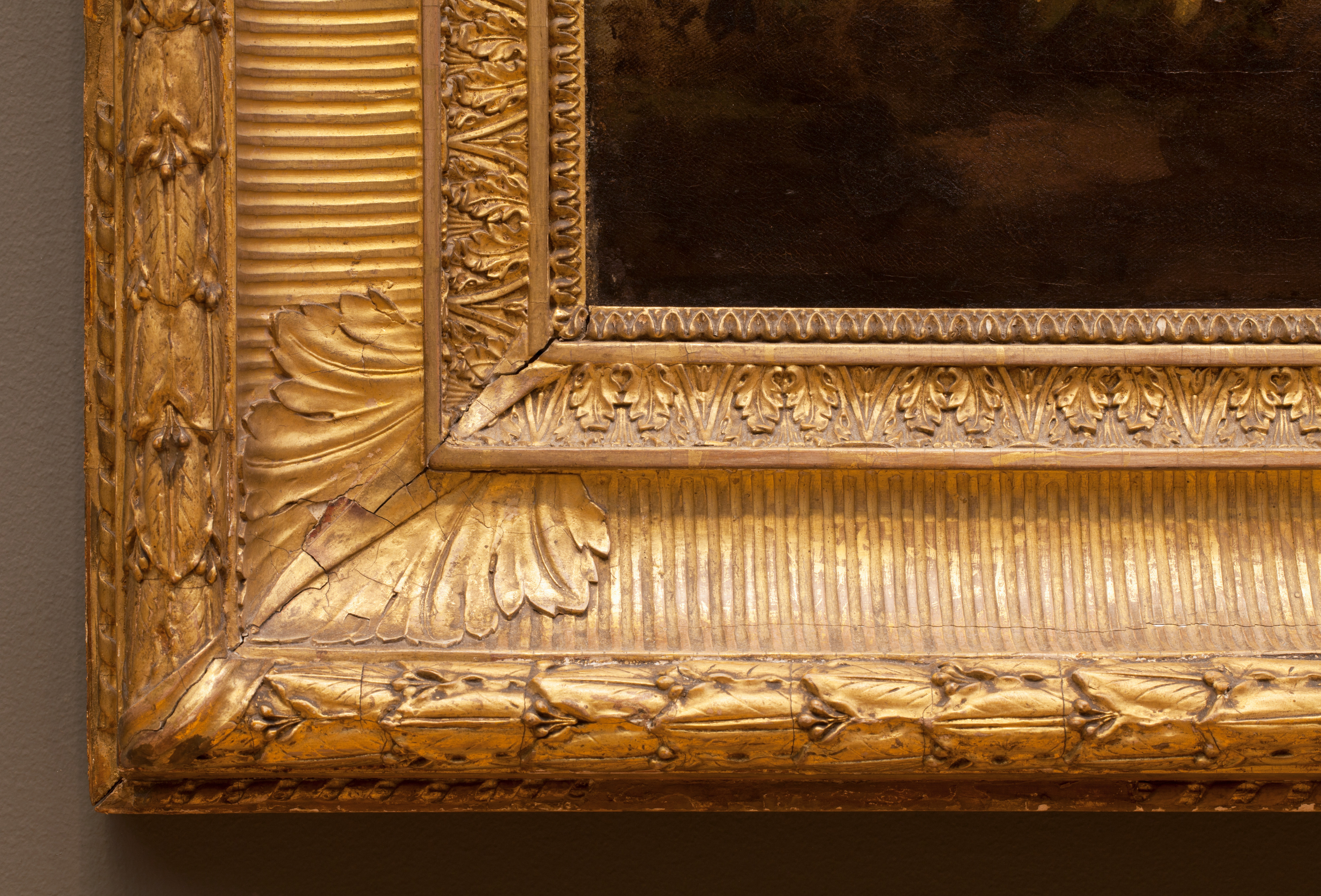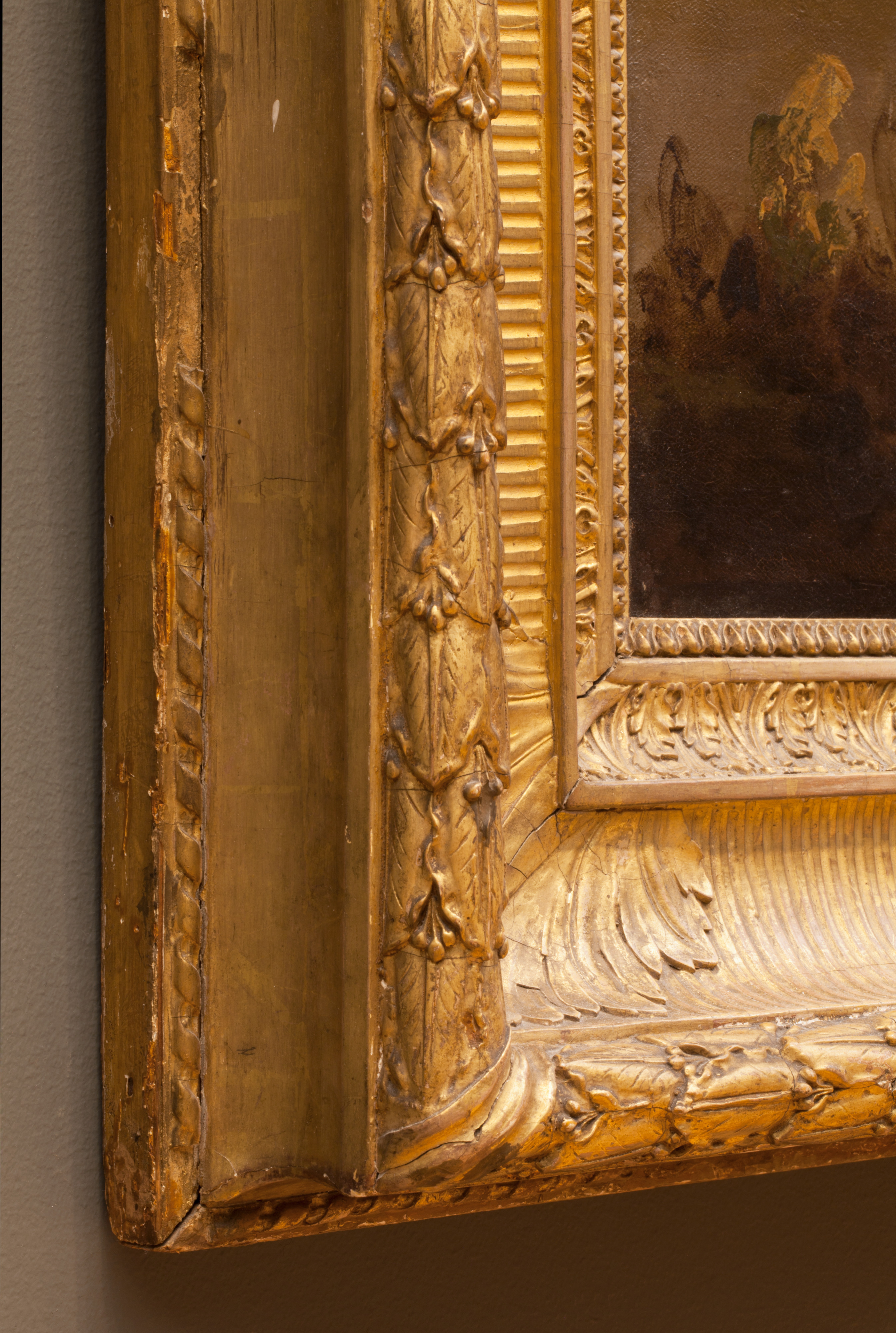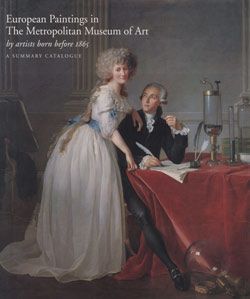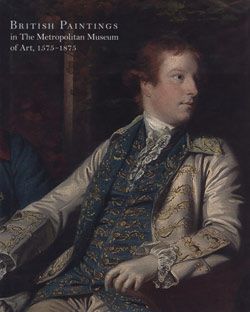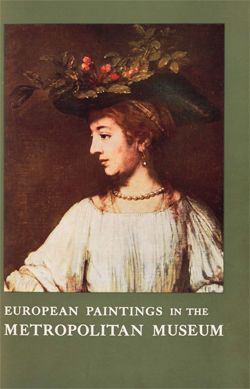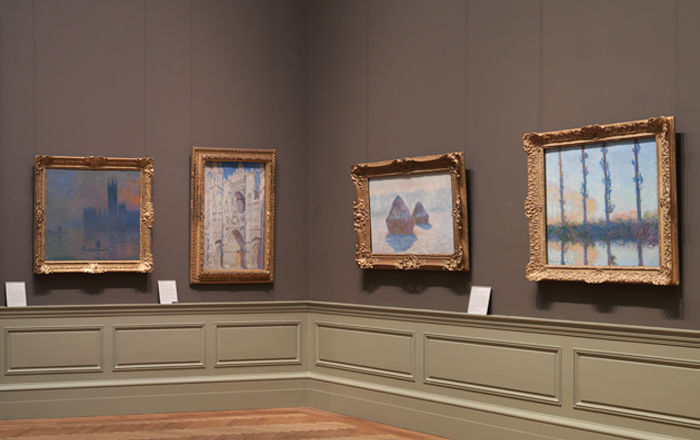The children are Lady Mary Sackville (1792–1864), later Countess of Plymouth, still later Countess Amherst; George John Frederick Sackville (1793–1815), Lord Middlesex; and Lady Elizabeth Sackville (1795–1870), later Countess de la Warr and Baroness Buckhurst. Their father, John, third Duke of Dorset, commissioned the picture, which was painted in July 1796 at Knole, the family seat in Kent; the duke paid Hoppner 105 pounds for it. The duchess had sat to Hoppner the year before (Sackville Collection, Knole), while the artist would paint George, by then the fourth duke, again several years later (location unknown). Finally married at forty-five, the third duke had three children and died when his son was five. He had earlier enjoyed considerable notoriety and the company of many mistresses, the Countess of Derby (The Met
49.7.57) and Nancy Parsons (The Met
45.59.3) among them. The fourth Duke was killed in a fall from his horse at age twenty-one. The picture passed from his elder sister to his younger.
Vita Sackville-West, in her history of Knole (1949), recounted a story told her by her grandfather: "[He] used to show me the baby girl, telling me that while Hoppner was seeking for a pose for his picture a grievance arose between the two little girls because one had shoes and the other had not, and that on Lord Middlesex taking his sister into his arms for consolation, Hoppner rushed at them exclaiming that he could not improve upon the charm of this accidental pose. I think this story has a convincing ring about it. Certainly it was the only anecdote which my grandfather had to tell of any picture in the house; usually he did not know a Hoppner from a Vandyck, a Kneller from a Gainsborough. He said that he had the story straight from his mother, Lady Elizabeth, the sulky baby of Hoppner’s picture."
The boy’s pose is based on Reynolds's portrait of John Crewe, titled
Portrait of a Boy in the Character of Harry the Eighth, exhibited at the Royal Academy about twenty years earlier and engraved in mezzotint by John Raphael Smith. Hoppner probably would have seen both. He may also have remembered Reynolds’s source, Remigius van Leemput’s copy of Holbein’s Whitehall mural of 1537, which had been destroyed in a fire in 1698. Leemput’s copy, in the Royal Collection, had been engraved. The Sackvilles were of ancient lineage and connected by marriage to Anne Boleyn, the second wife of Henry VIII and the mother of Elizabeth I. The connection, if understood, would presumably have been appreciated.
[2010; adapted from Baetjer 2009]



